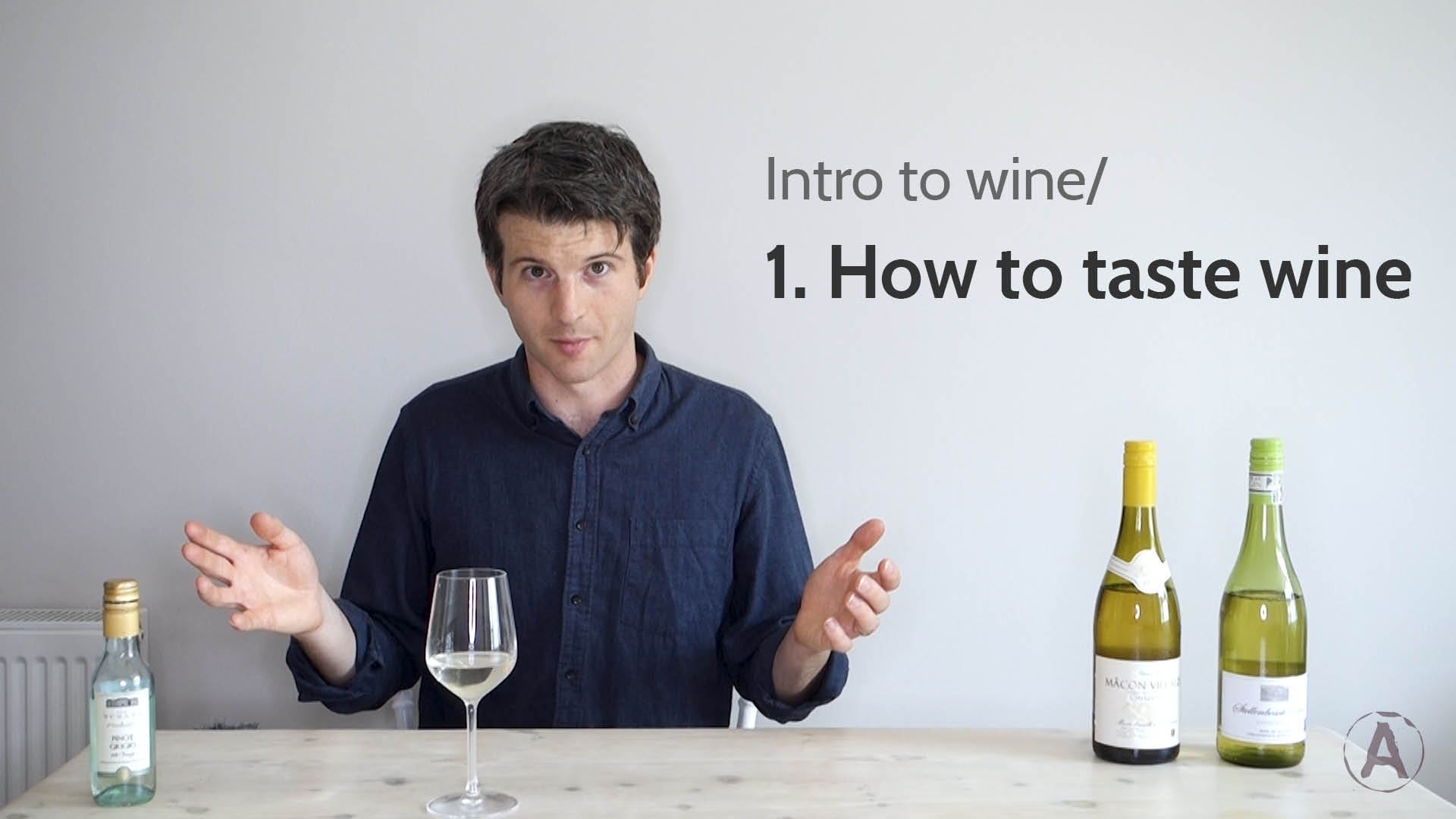In the UK wine market, there is a trend for consumers to buy lower volumes of wine, but at the same time to spend more on it: they are trading up to drink less, but better quality wine. So that they can differentiate between products in what is quite a crowded market, wine drinkers are increasingly interested in the stories behind the wines, in the cultures, agricultural and winemaking practices, and in the basics of how wine is made. At the same time, most consumers find wine confusing and wine experts old-fashioned.
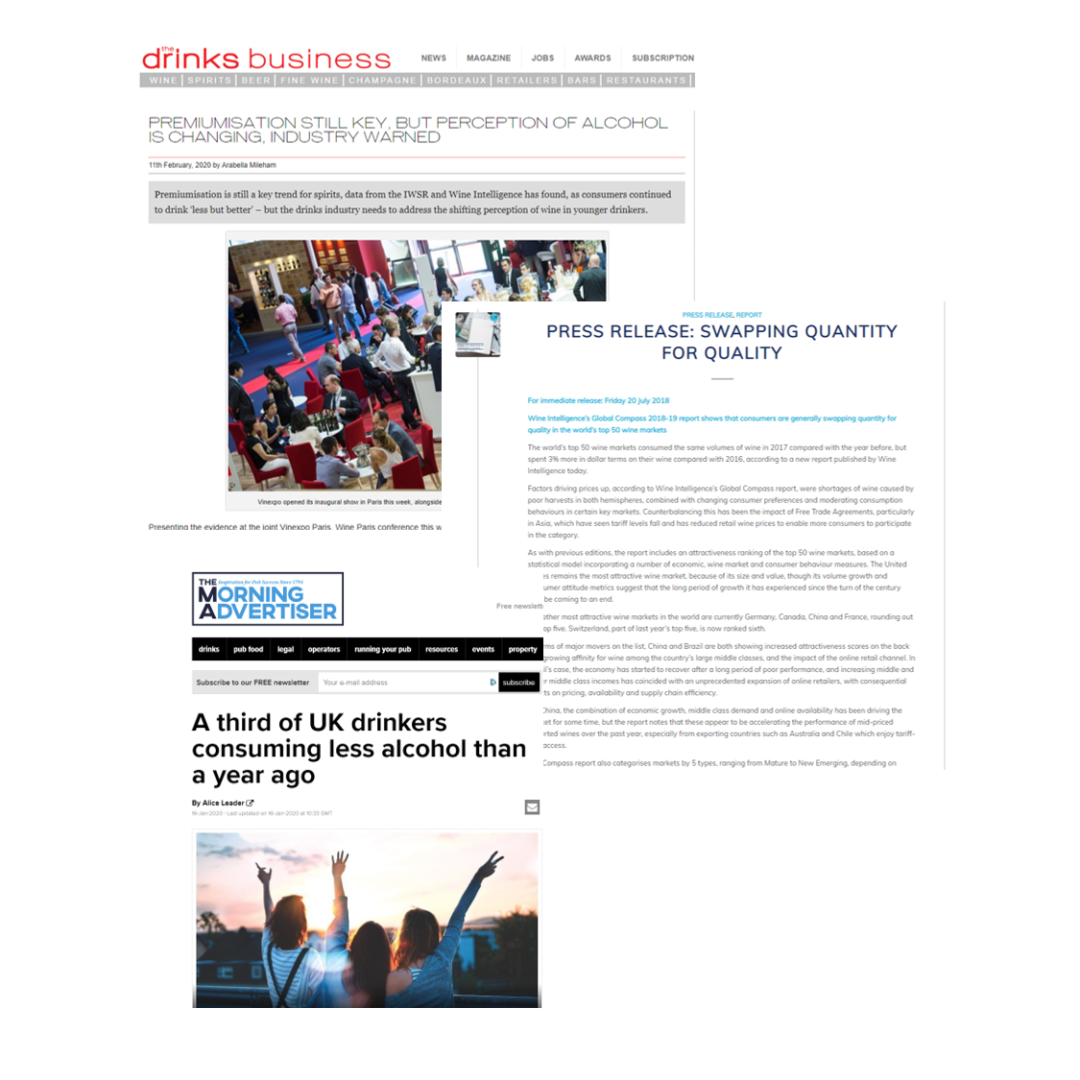
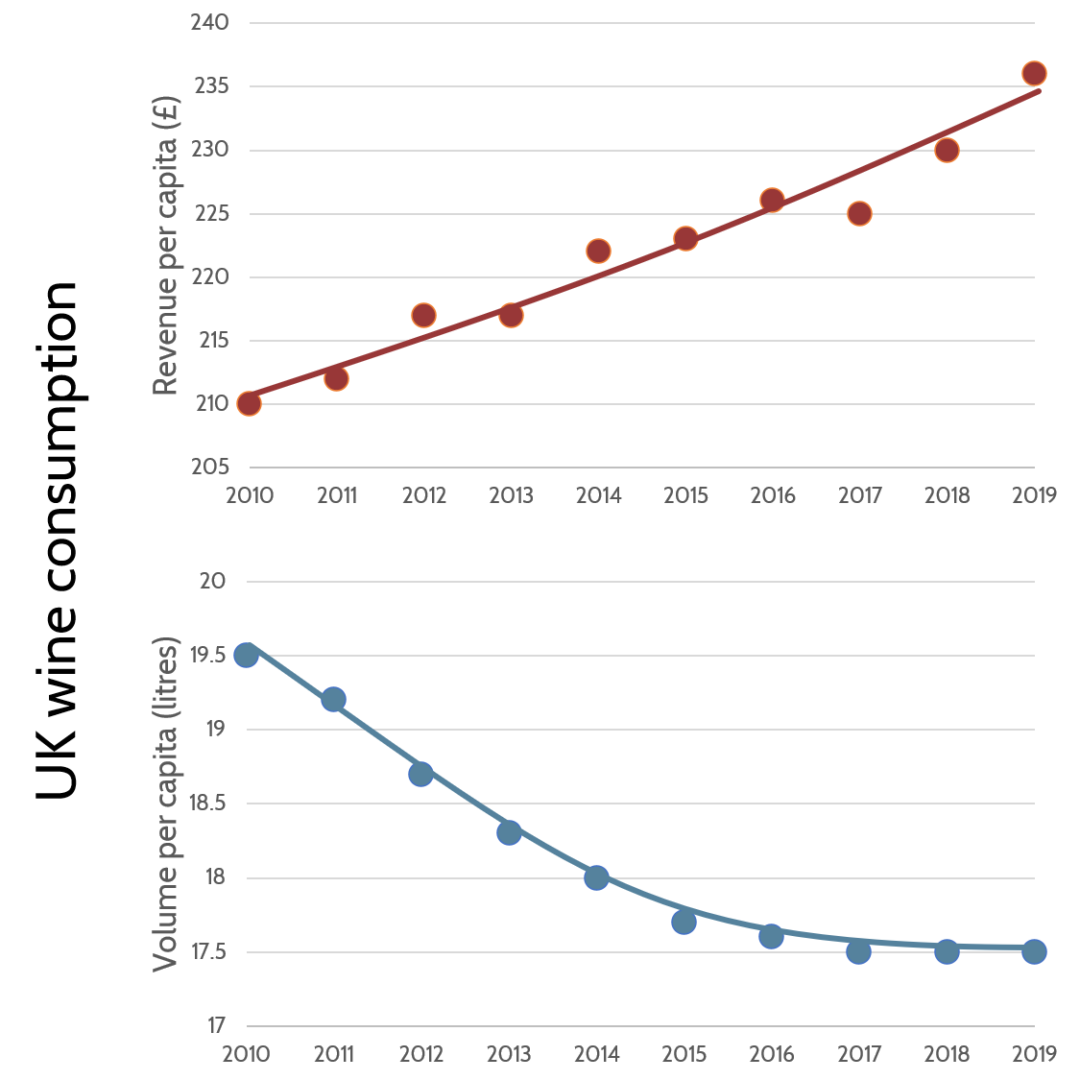
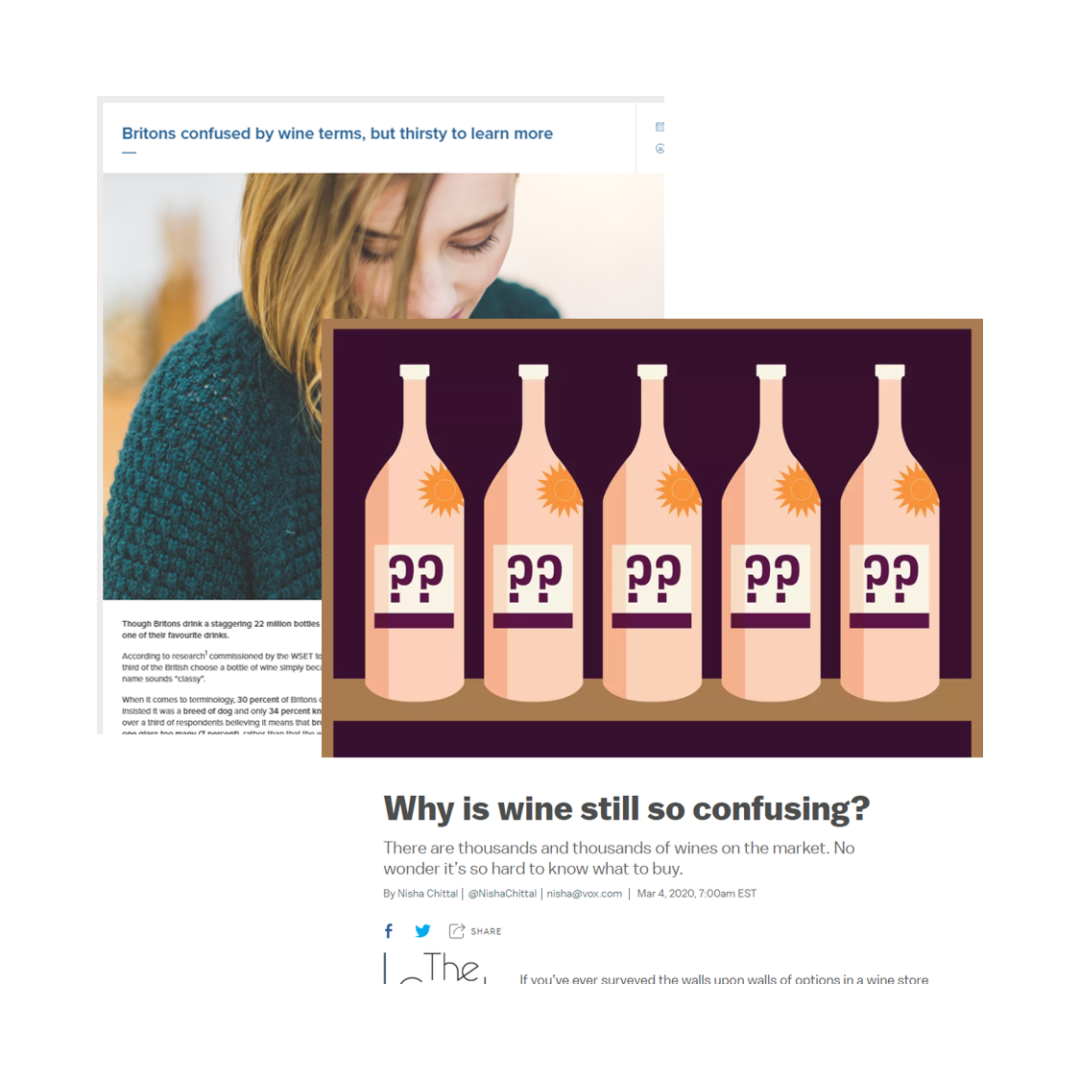
Need
There is a clear opportunity for a service that can present wine education in an accessible, engaging, un-intimidating way.
This need could be met by several different services or approaches that already exist, but all present significant friction. Wine retailers sometimes offer tastings, but these are sales tools rather than educational sessions, and are part of the established system: consumers may be put off by the idea that tastings will be full of ‘wine buffs’. There are also courses available (for example those accredited by the Wine and Spirits Education Trust): this involves a significant time and money commitment. Finally, there is always the option of just reading up on the subject, but this has the obvious drawback of lacking built-in exposure to actual wine tasting.
Research with potential users of these services and subsequent analysis through analysis of user stories reinforces that none of these options quite hits the mark. Wine shops can be intimidating or just too far away; courses are expensive and usually targeted at people working in the wine or hospitality industries; and books lack engagement for a modern audience.
Solution
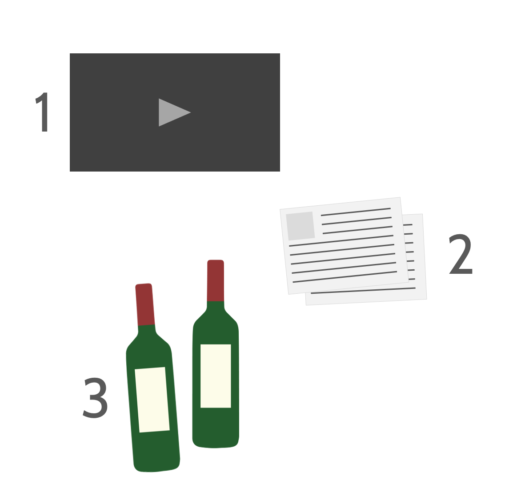
The concept for the Wine with Andy service has three main components: a series of short videos guiding users through tastings that compare two different wines; a set of printed notes to provide an alternative to using the video, if desired; and the wines themselves. This allows users to taste the wines and learn about wine at a pace of their own choosing. Wines may be delivered in one of two ways: as cases containing collections of wine that correspond to a course addressing a particular topic, such as a basic introduction to wine; or on a subscription basis, allowing continuing exploration and comparison. This approach therefore caters to users with varying initial levels of wine knowledge.
While this concept is the eventual goal, the initial focus for assessing the viability of this product is on producing a series of video tutorials. Rather than supplying the wines, directions are given on what to buy from a supermarket, minimising the friction for the user: the wines can be bought during their regular shop.
